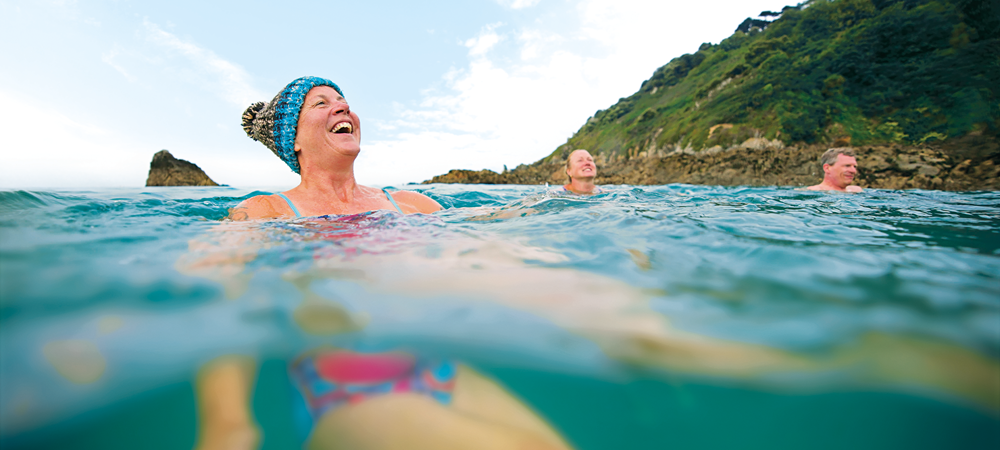VisitGuernsey to sponsor Victor Hugo exhibition at the Royal Academy of Arts
VisitGuernsey is to sponsor 'Astonishing Things', an exhibition presenting a selection of Victor Hugo's rarely seen works, taking place at the Royal Academy of Arts in London from March to June 2025.
05 December 2024
The exhibition will feature around 70 artworks from important European collections, and will comprise works from Hugo's early caricatures and travel drawings to his dramatic landscapes and experiments with abstraction.
As one of the sponsors of the event, which runs from 21st March to 29th June 2025, VisitGuernsey will benefit from the opportunity to engage with the Royal Academy's database of 80,000, who align well with the audience we are trying to attract to the Islands.
We will also be hosting a preview event at the Academy around the opening date of the exhibition, giving us the opportunity to invite 20+ journalists from top publications, to secure editorial coverage promoting the Victor Hugo offering on-island. Other benefits include onsite, print, and digital brand awareness, as well as a half-page advert in the Royal Academy magazine, and we are confident that the combination of benefits will ultimately increase visitor numbers, in turn supporting local trade.
The Royal Academy has today released the following to press:




In March 2025, the Royal Academy of Arts will present a comprehensive survey of politician, author and artist Victor Hugo’s rarely seen works on paper, which were last exhibited in the UK over 50 years ago. Featuring around 70 artworks from important European collections, this landmark exhibition will follow Hugo’s preoccupation with drawing, from his early caricatures and travel drawings to his dramatic landscapes and his experiments with abstraction.
Victor Hugo was a leading public figure in 19th-century France. His books Les Misérables and The Hunchback of Notre Dame were printed worldwide. As both a poet and a politician, and during his near twenty-year exile in the Channel Islands, he came to symbolise the ideals of the French Republic: equality and freedom. In private, his refuge was drawing. Hugo’s ink and wash visions of imaginary castles, monsters and seascapes are as poetic as his writing yet were rarely seen in public during his lifetime. His art and writing went on to inspire Symbolist poets, and many artists, from Surrealists André Breton and Max Ernst, to contemporary artists such as Raymond Pettibon and Antony Gormley RA. Vincent van Gogh compared his artwork to “astonishing things”.
Arranged thematically, the exhibition will open with a section entitled Writing and Drawing, addressing the relationship between Hugo’s artistic and literary work. These were parallel creative tracks for Hugo; writing for the public and drawing as a private activity shared with family and close friends. For Hugo, writing and drawing shared important metaphorical structures based on concepts of nature and time that underpin his attitudes to history, culture and humanity. These viewpoints emerge in motifs such as ruins and mountains or an interest in the slippage of scale between the monumental and the minute, as in the enigmatic drawing Mushroom, 1850 (Maisons de Victor Hugo, Paris / Guernsey), which depicts a giant anthropomorphic toadstool. The works in this section will also explore the self-mythology of Hugo’s towering persona, often expressed by working his name or initials into compositions.
The second section, entitled Observation and Imagination, will focus on the artist’s drawing process, representing a variety of materials, from fine pencil to wet inks. On view will be Hugo’s painstakingly crafted drawings of landscapes and buildings, observed from life, in which he grapples with challenges such as linear perspective. A selection of drawings, including Lace and Spectres, c. 1855-56 (Maisons de Victor Hugo, Paris / Guernsey) will spotlight Hugo’s deliberate use of methods to limit manual control, such as blots, rubbings, imprints of ink-soaked lace, washes and automatic writing, reflecting his interest in spiritualism, the irrational, and table-turning. This journey, from detailed topographical studies through to totally abstract blots, will demonstrate the interaction of Hugo’s processes with his favoured subjects; architecture and landscape. It will reveal the rich and idiosyncratic technical vocabulary he developed in which figuration and abstraction are in constant flux.
The following section, Fantasy and Reality, will explore Hugo’s most abiding obsession: castles. Hugo drew on memory, observation and imagination to depict castles, ranging in tone from romantic, and sometimes colourful, for example The cheerful castle, c. 1847 (Maisons de Victor Hugo, Paris / Guernsey) to hauntingly bleak, such as The Town of Vianden, with Stone Cross, 1871 (Bibliothèque nationale de France, Paris). It was for this motif that Hugo routinely employed stencils, using positive and negative silhouettes to create tonal contrasts. This section will also explore Hugo’s interactions with printmaking. On display will be a 1m-wide, multi-plate print by French engraver Fortuné-Louis Méaulle dated 1875, that recreates Hugo’s most ambitious drawing The Castle with the Cross, 1850 (Maisons de Victor Hugo, Paris/Guernsey).
The final section will return to the opening theme of nature with Hugo’s leitmotif; the Ocean. It will feature photographs of Hugo by his sons, Charles and François-Victor, taken on the beach in Jersey. On view will be drawings that Hugo created in tandem with writing his 1866 novel The Toilers of the Sea, set in Guernsey in the years following the Napoleonic Wars, amid the Industrial Revolution. Compositions featuring the story’s characters, including Octopus, 1864–66 (Bibliothèque nationale de France, Paris), are examples of the direct convergence of writing and drawing in Hugo’s work. This section will also include drawings relating to Les Misérables, such as Chain, 1864 (Bibliothèque nationale de France, Paris) and some of Hugo’s largest works, such as The Lighthouse at Casquets, Guernsey, 1866 (Maisons de Victor Hugo, Paris / Guernsey), as well as an example of his late drawings of the mid 1870s, which continued to address marine themes.
Organisation Exhibition organised by the Royal Academy of Arts in collaboration with Paris Musées – Maison de Victor Hugo and the Bibliothèque nationale de France. It is curated by Sarah Lea, Curator at the Royal Academy of Arts, with Rose Thompson, Assistant Curator, at the Royal Academy of Arts.
Accompanying Publication
The exhibition is accompanied by a fully illustrated catalogue, with texts by Gérard Audinet, Director, Maisons de Victor Hugo, Thomas Cazentre, Curator, Bibliothèque nationale de France, Sarah Lea, Curator, Royal Academy of Arts and Rose Thompson, Assistant Curator, Royal Academy of Arts.
Dates and Opening Hours
- Press view: Tuesday 18 March 2025, 10am-1pm
- Dates: Friday 21 March – Sunday 29 June 2025
- 10am – 6pm Tuesday to Sunday
- 10am – 9pm Friday
Admission
- From £17; concessions available; under 16s go free (T&Cs apply); Friends of the RA go free.
- 25 & Under: 16 to 25 year olds can access a half-price ticket (T&Cs apply).
Tickets
Advance booking with pre-booked timed tickets is recommended for everyone, including Friends of the RA. Tickets can be booked in advance online (royalacademy.org.uk) or over the phone (0207 300 8090).
Images
Publicity images for Astonishing Things: The Drawings of Victor Hugo, can be downloaded via this link. By downloading the images, you acknowledge and accept the terms and conditions. These images can only be reproduced to illustrate a review or criticism of a work or report as defined by section 30 (i) and (ii) of the Copyright, Designs and Patents Act 1988.
Social Media
Join the discussion about the exhibition online at:
- Facebook /royalacademy
- Instagram @royalacademyarts
- Threads @royalacademyarts
- Twitter / X @royalacademy
#RAVictorHugo
About the Royal Academy of Arts
The Royal Academy of Arts was founded by King George III in 1768. It has a unique position in being an independent, privately funded institution led by eminent artists and architects whose purpose is to be a clear, strong voice for art and artists. Its public programme promotes the creation, enjoyment and appreciation of the visual arts through exhibitions, education and debate.
The Royal Academy is an independent charity. It does not receive revenue funding from the government so is reliant upon the support of its visitors, donors, sponsors, patrons and loyal Friends.


